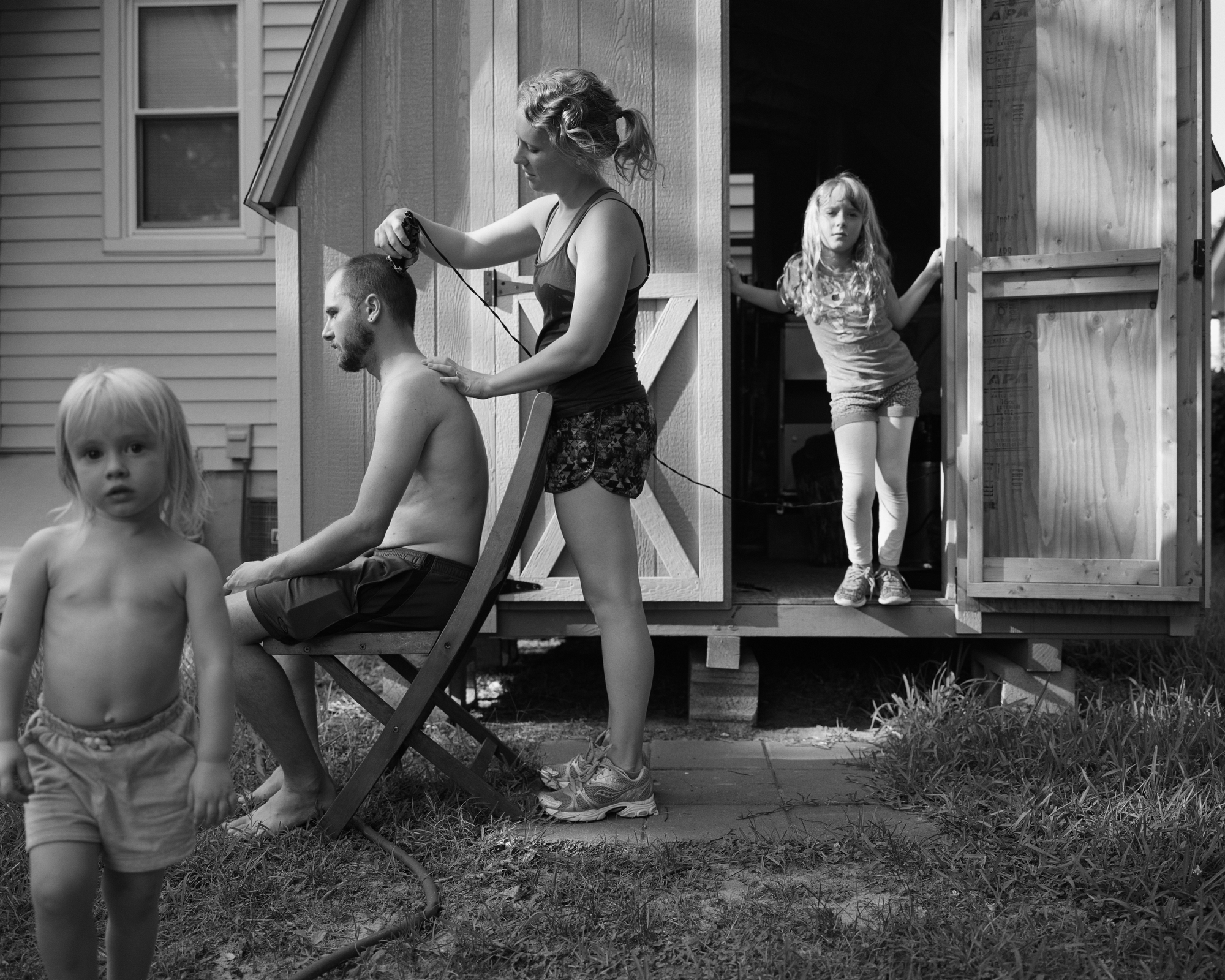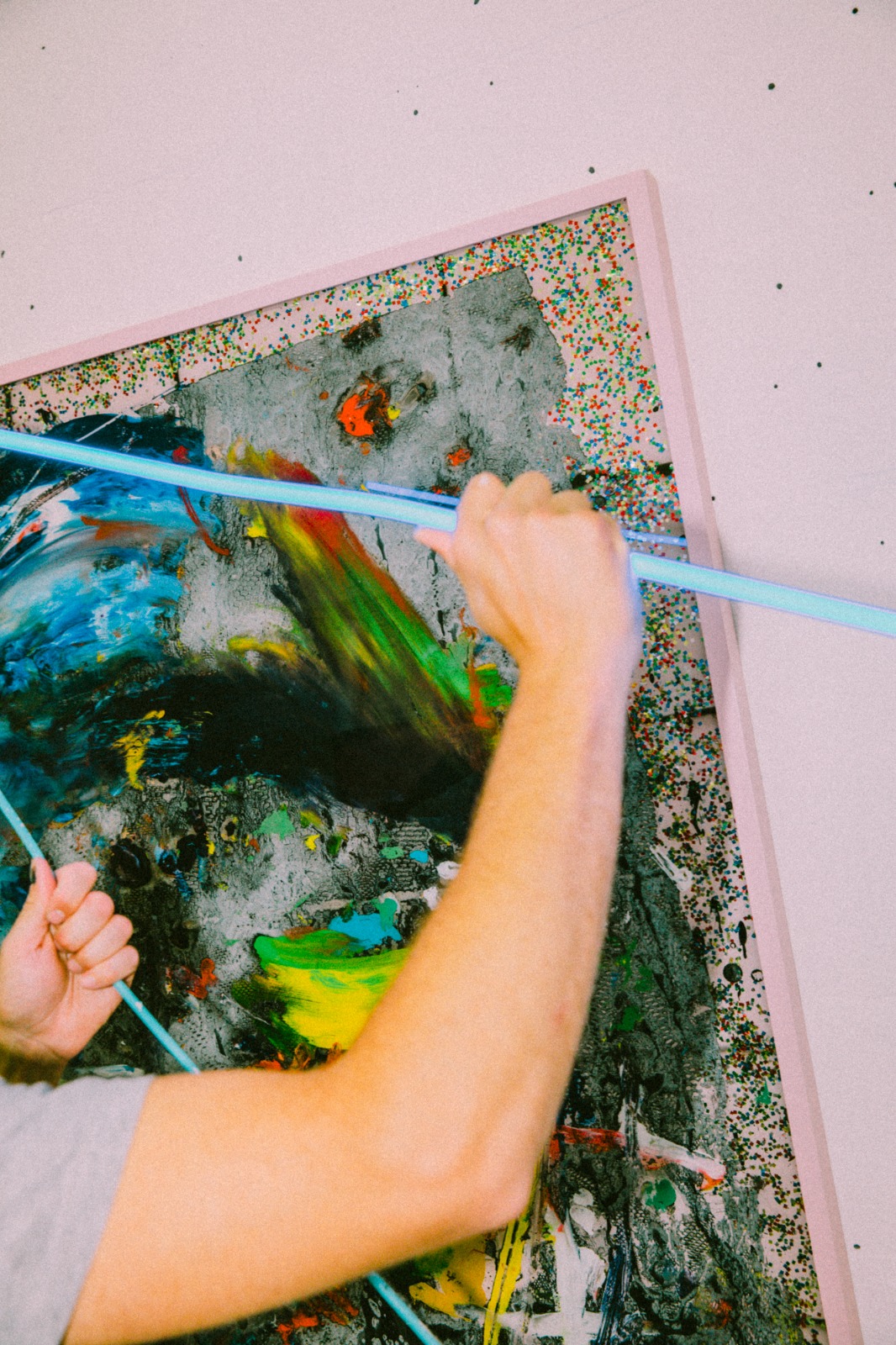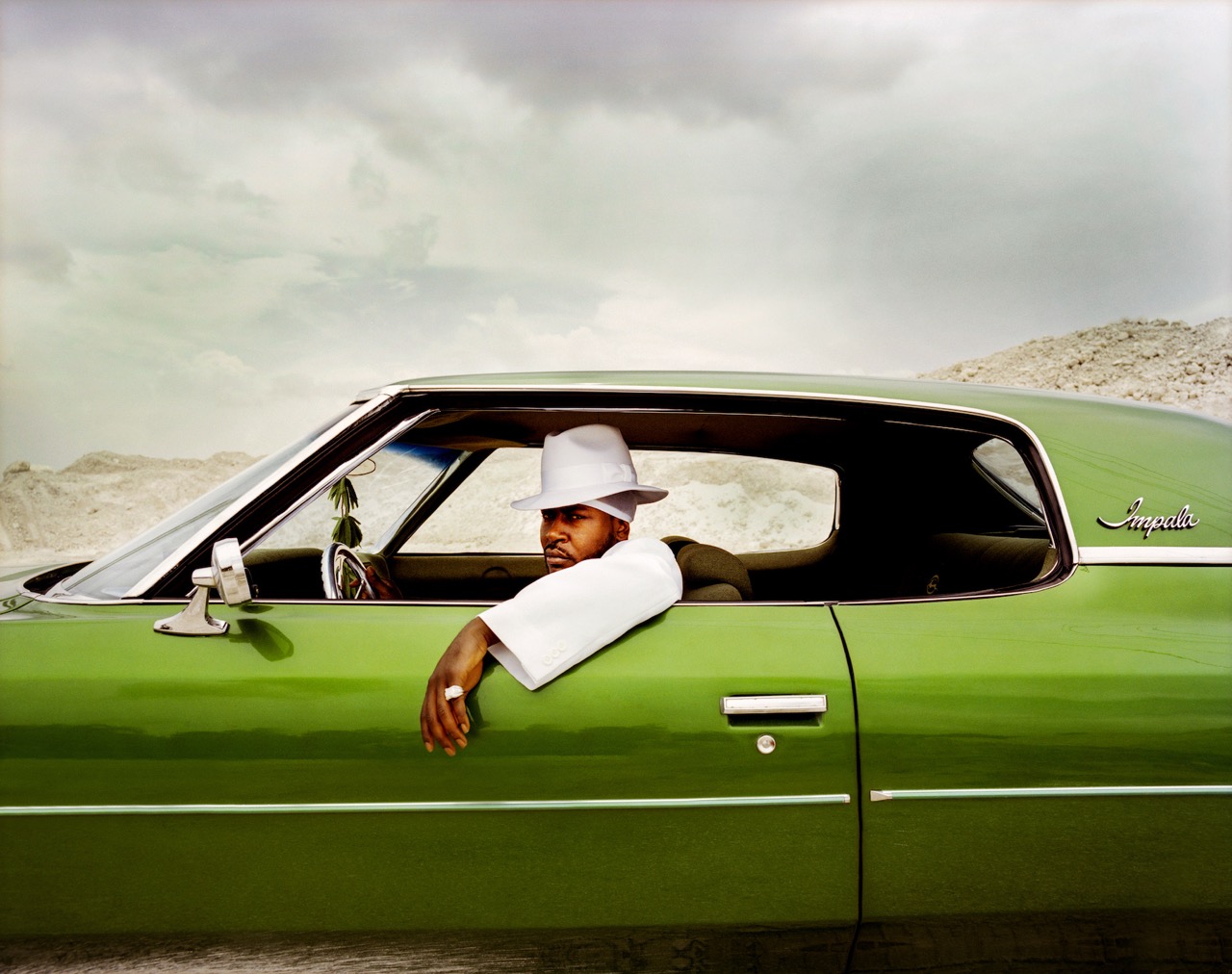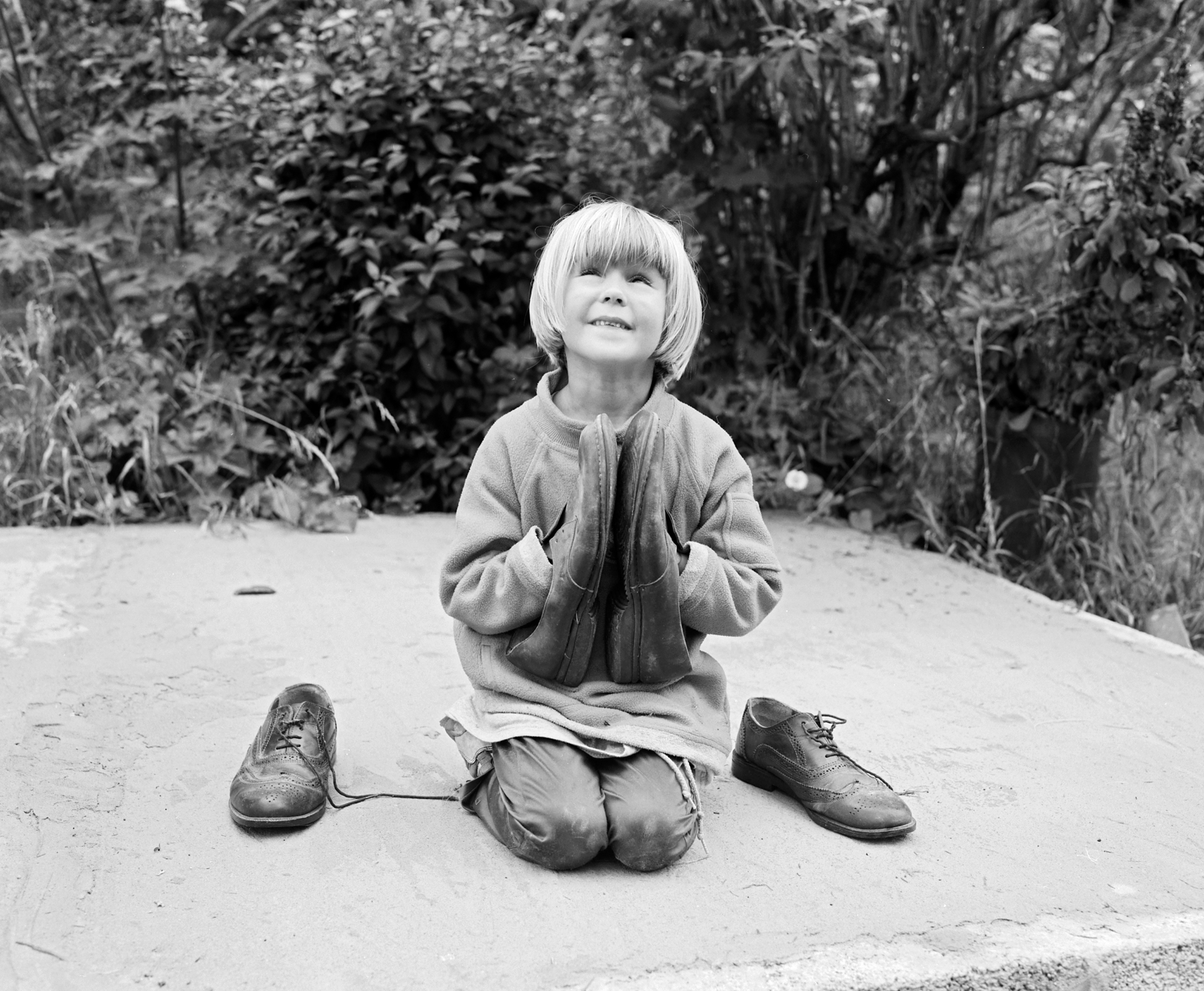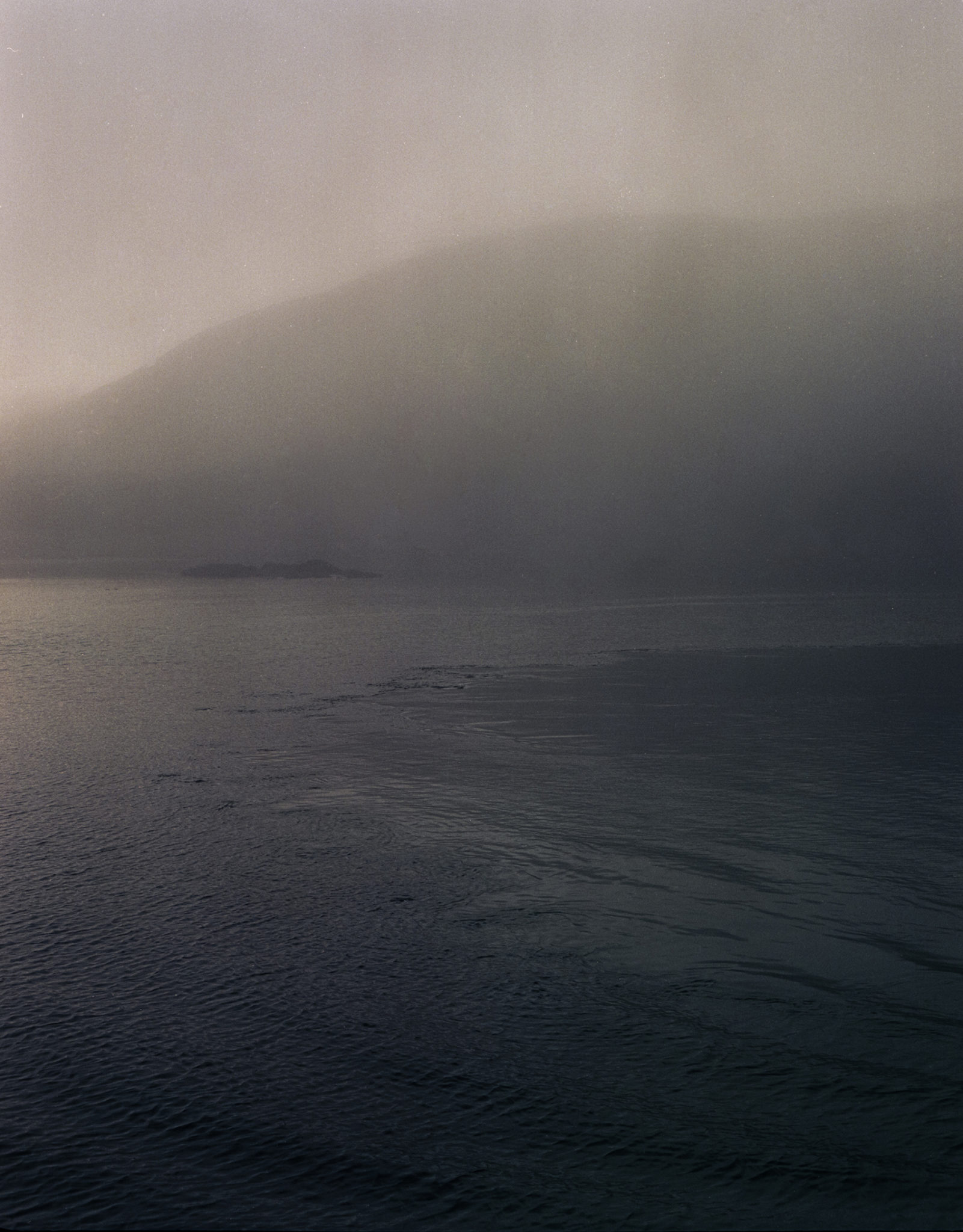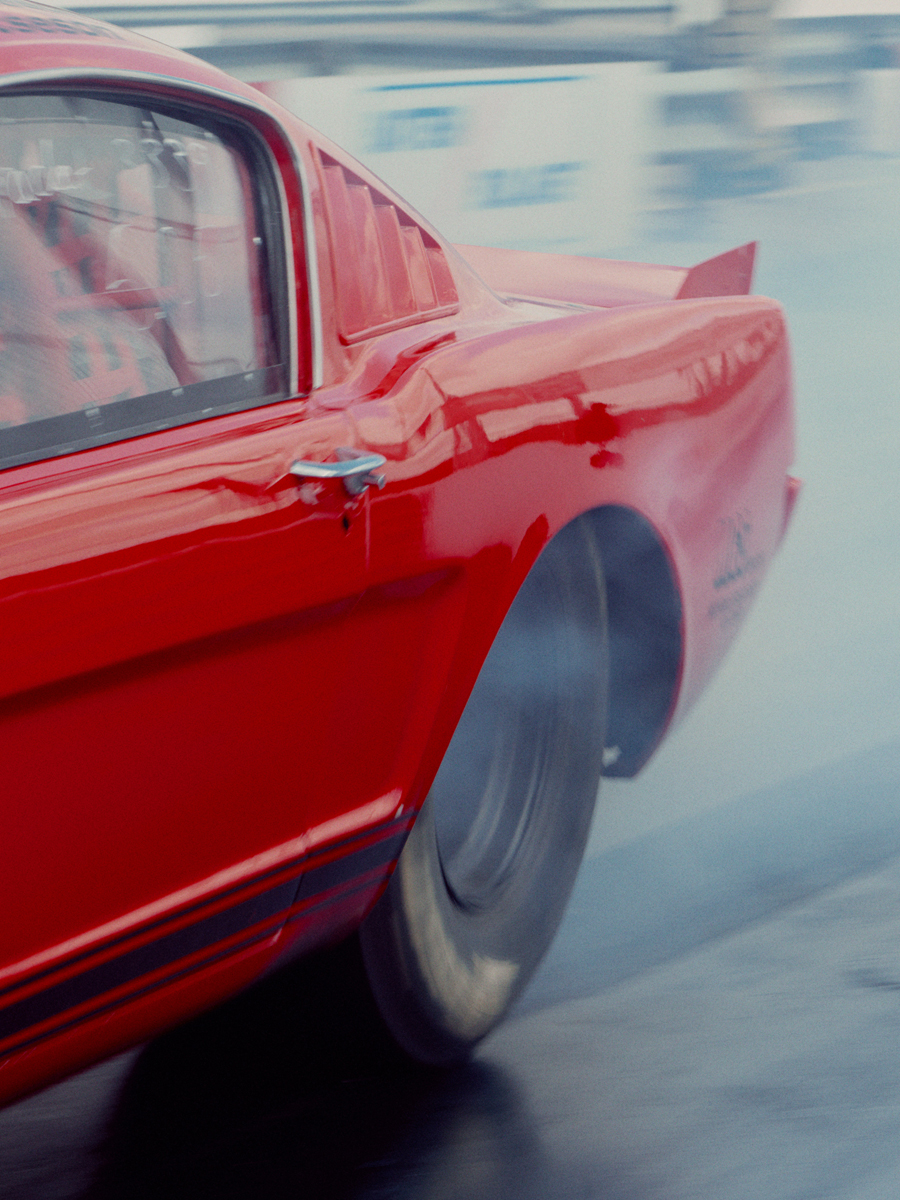I have always had a strange, awkward relationship with Stoke-on-Trent, the city nearest to the North-Staffordshire town where I grew up. In many ways it is a city which projects a feeling of awkwardness onto those of my generation who grew up in and around it. Comprised of six towns, the moniker “Stoke-on-Trent” has a metonymic quality; neither town nor city, but both at once, there is a sense of indeterminacy which forms part of its cultural identity.
This dislocated geographical organisation compounds the alienating feeling of post-industrial terrain vague. Inadequate transportation links, evaporating public services, the ghosts of forgotten boom times – ceramics, iron, steel, and coal – linger either in actuality or as the hauntings of collective memory. Moving from town to town, node to node, is slow and frustrating. Roads, canal paths, shopping arcades, and market squares seem to have gradually detached from their original functions, succumbing to the entropic pull of the city’s pock-marked landscape of brown sites.
It seems fitting that the conception for this project stemmed from one of my infrequent visits to the city last year. I returned then as I have for the past decade that I’ve not lived nearby: as a half-tourist, half-inhabitant (if I wasn’t already). Going back to absorb the achievements of the city’s spectacular ceramics biennial, or for pints of Bass with old friends, or to load up on bags of oatcakes…or to take photographs…
Stoke is the only place that I have felt comfortable taking photographs, have felt a connection, have enjoyed investing myself in the image. With some sense of irony, then, and as a testament to the sense of awkwardness that I’ve mentioned, the images presented here were taken by my partner on her first visit to the city. There is a serious point to this deliberate invocation of an “outside” perspective: it facilitates distance, mediation, and deferral. These are intrinsic components of representation; they are how we understand images and words as the fundamental tools of capitalist realism. To comprehend these processes is the first step to reclaiming and re-socialising these spaces and narratives for our future.
The images below are split into two parts. The first – ‘On Bucknall New Road’ – was shot in and around the Bucknall New Road estate: a collection of 1960s low-rises earmarked for demolition, and tower blocks which at the time of the Grenfell Tower disaster were not fitted with sprinkler systems. Beneath the estate, rows of terraces with their cobbled alleys sit quietly on the narrow streets that run down the hillside.
The second set of images – ‘Up Snow Hill’ – were taken on the same day, on the walk from Stoke train station to the centre of Hanley (the “city centre” and largest of the six towns), via Hanley Cemetery and up Snow Hill. The area around Snow Hill was set to undergo large-scale redevelopment in 2010; today it is a landscape of waste grounds, husks of gutted buildings, and austere Victorian terraces.

